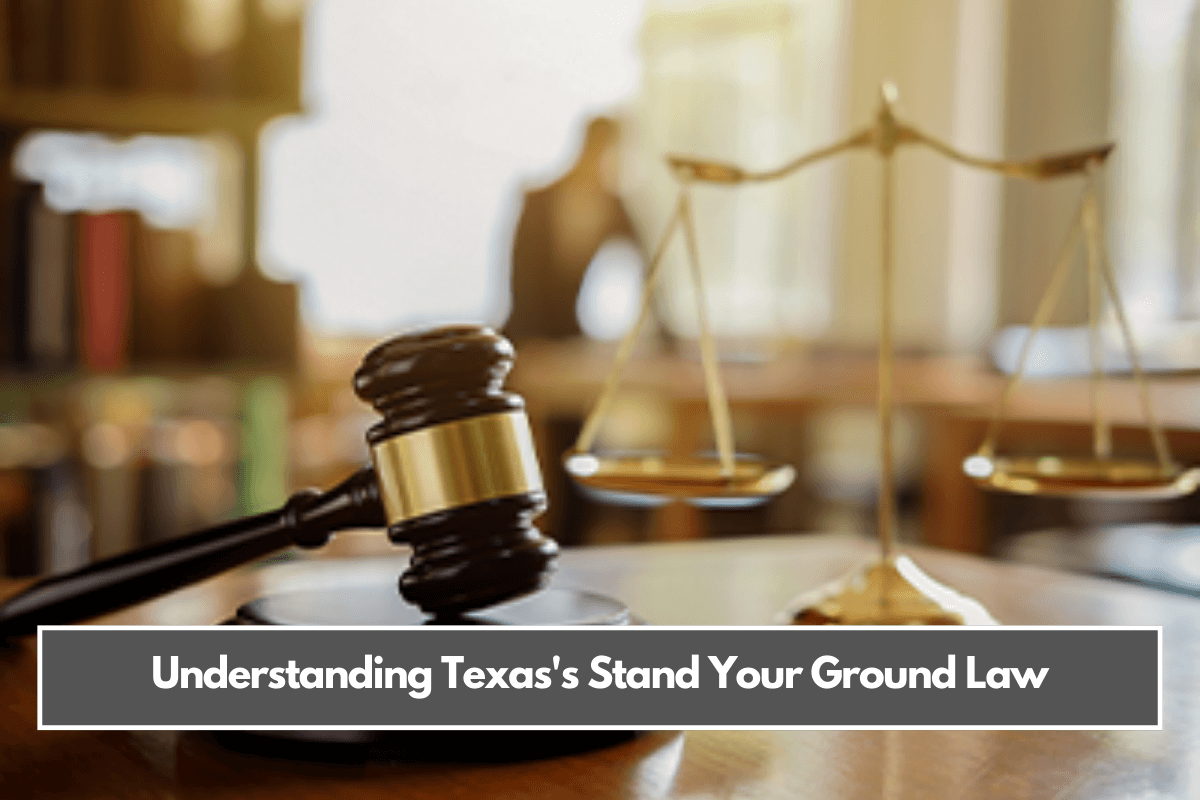Texas’s Stand Your Ground law is a legal provision that allows individuals to use force, including deadly force, in self-defense without the obligation to retreat first. This law is part of Texas’s self-defense statutes and is closely related to the Castle Doctrine.
Key Features of Texas’s Stand Your Ground Law
- No Duty to Retreat: The law eliminates the requirement for a person to attempt to retreat before using force when they have a legal right to be present at the location.
- Reasonable Belief: The use of force must be based on a reasonable belief that it is immediately necessary to protect oneself from harm.
- Location: The law applies not only in a person’s home but also extends to vehicles and workplaces.
- Proportional Force: The force used must be proportionate to the perceived threat. Excessive force may still lead to criminal charges.
- Legal Presence: The individual must be in a place where they have a legal right to be when using force.
Historical Context
Texas’s approach to self-defense laws has evolved over time:
- Pre-1974: Texas did not impose a duty to retreat on its citizens.
- 1973-2007: The Texas Legislature amended the Penal Code to establish a duty to retreat before using deadly force.
- 2007: Texas passed its current Stand Your Ground law, eliminating the duty to retreat.
Comparison with Other States
Texas is one of 19 states that allow Stand Your Ground without restrictions. This differs from:
- 25 states that prohibit Stand Your Ground entirely
- 5 states that allow it under certain conditions
Legal Applications and Limitations
- Prevention of Crimes: The law justifies the use of deadly force to prevent violent crimes such as sexual assault, kidnapping, murder, or robbery.
- Non-Provocation: The person claiming self-defense must not have provoked the attack.
- Lawful Activity: The individual must not be engaged in criminal activity at the time of the incident.
- Burden of Proof: In Texas, the burden is on the prosecution to disprove a claim of self-defense beyond a reasonable doubt.
Controversies and Considerations
Stand Your Ground laws have been subject to debate:
- Public Safety: Some studies suggest these laws may be associated with increases in firearm homicides.
- Racial Disparities: Concerns have been raised about potential racial biases in the application of these laws.
- Domestic Violence: The law’s history includes considerations for protecting victims of domestic violence.
Texas’s Stand Your Ground law provides significant legal protection for individuals who use force in self-defense. However, it’s crucial to understand that this law does not give carte blanche for the use of force.
The belief of threat must be reasonable, the force must be proportional, and the individual must be lawfully present at the location. As with any complex legal matter, specific cases may require professional legal interpretation and advice.
SOURCES:-
- https://wilderfirm.com/understanding-stand-your-ground-laws-in-texas/
- https://www.baylor.edu/content/services/document.php/119767.pdf
- https://simerlaw.com/what-is-stand-your-ground-law-in-texas/
- https://papers.ssrn.com/sol3/papers.cfm?abstract_id=2781099
- https://en.wikipedia.org/wiki/Stand-your-ground_law
